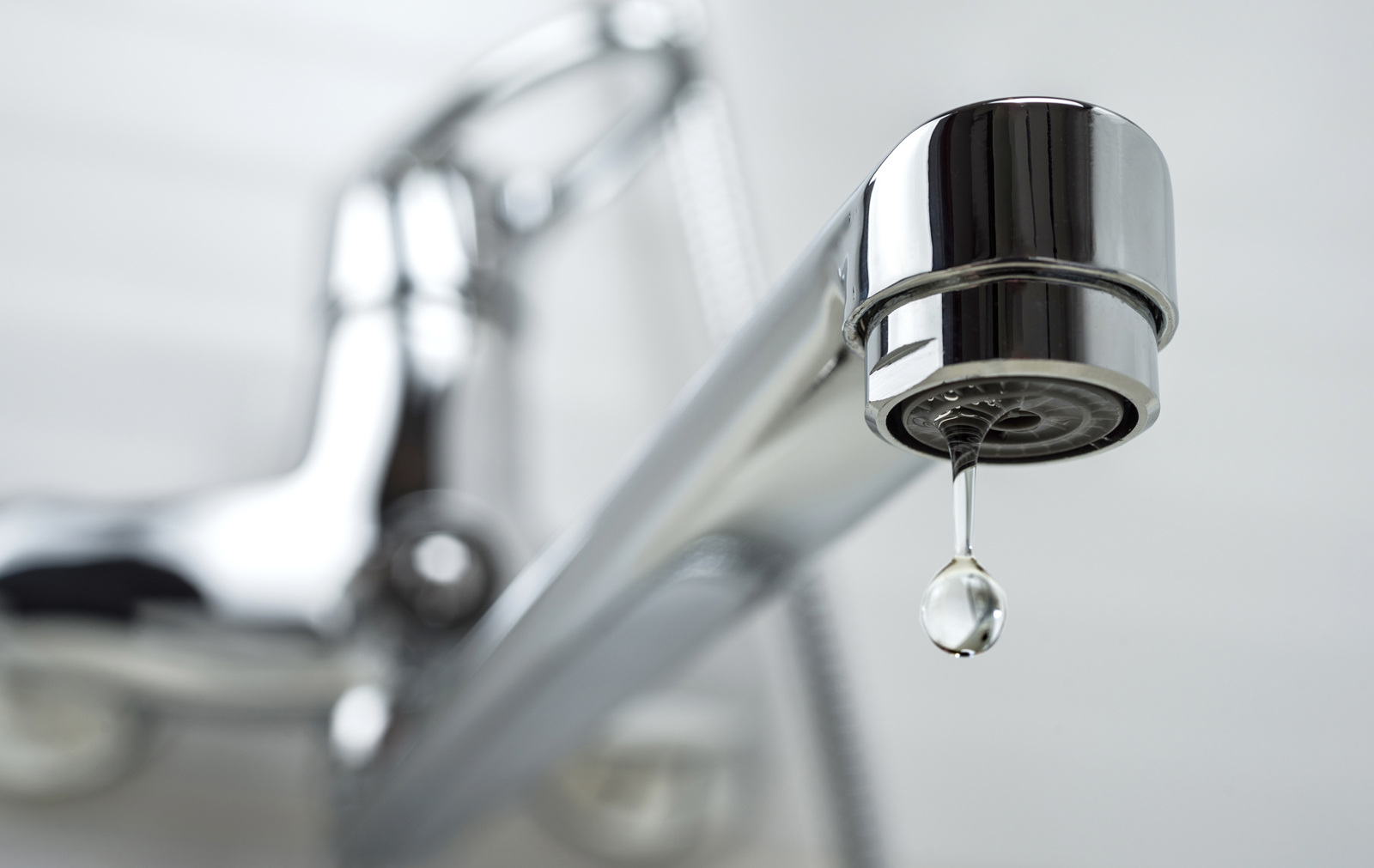

In today’s fast-paced industrial world, achieving maximum efficiency in every aspect of your operations is a must. One key area that often demands attention is your pipeline. So how can you be sure that you’re doing everything you can to make your pipeline as efficient as possible? Look no further. This blog explores several strategies to make your pipeline more efficient and ensure your industrial business stays competitive.
The first step to making your pipeline more efficient is understanding how your current system functions. Take a close look at the entire pipeline, including entry and exit points, pressure regulation systems, and flow control systems. Are there any bottlenecks, leaks, or other inefficiencies you need to address? If so, identifying and resolving these issues early on will ensure the maximum efficiency of your pipeline.
After analyzing your system, you need to fix issues you find as soon as possible. Regular maintenance can help you spot and address any pipeline issues before they become severe problems. If you use valve inserts on your pipeline, they’ll help you be even more efficient. One of the many benefits of valve inserting for an industrial pipeline is that your system can still run while you perform maintenance.
On top of that, investing in modern materials will ensure maximum longevity and efficiency. Upgrading older systems with newer technologies like sensors, analytics, and control systems will further contribute to a more efficient pipeline.
An essential aspect of making your pipeline more efficient lies in carefully regulating flow rate and pressure. Monitoring and managing these factors will help prevent overloading or underutilizing your pipeline. Equally crucial, you’ll need to invest in the appropriate equipment, such as variable frequency drives, pressure sensors, and flow meters, to facilitate precise control over flow rate and pressure along the entire pipeline.
Incorporating automation and integration into your pipeline system ensures that operations run smoothly and efficiently. By automating key processes like flow rate adjustment, pressure regulation, and leak detection, you’ll minimize human error and save valuable time. Additionally, integrating your pipeline system with other digital platforms, such as production control and maintenance management systems, allows for a more holistic view of pipeline performance and its impact on overall operational efficiency.
Last but certainly not least, establish a well-trained and empowered team to manage and operate your pipeline. A knowledgeable workforce can make informed decisions, troubleshoot issues, and optimize system performance, all contributing to an efficient pipeline. Ensure that employees receive regular training on pipeline operations, maintenance, and safety, and cultivate a culture of continuous improvement and collaboration among your team. Once you have a solid team established, attaining peak efficiency will become much easier.
24World Media does not take any responsibility of the information you see on this page. The content this page contains is from independent third-party content provider. If you have any concerns regarding the content, please free to write us here: contact@24worldmedia.com

Large part of Lynn Woods remains closed

Swampscott water tests lead-free – Itemlive

Mother needs help providing the Christmas experience

A cheerful fundraiser for Saugus team

Carl Daniel Reiter – The Suffolk Times

Joan Ann (Woessner) Polywoda – The Suffolk Times

Thomas L. Lewick – The Suffolk Times

Jeanette Howard – The Suffolk Times

Nina Mazzaferro – The Suffolk Times

Lynn mayor announces re-election bid

BARRETT: They ate plenty – Itemlive

Brooke Moloney, the Minutewoman – Itemlive